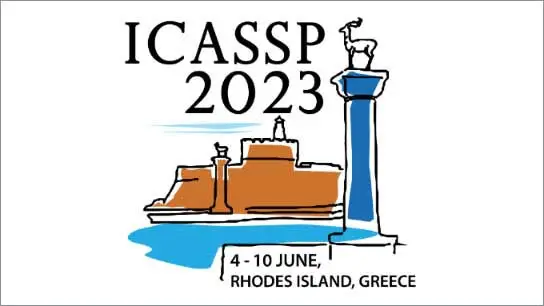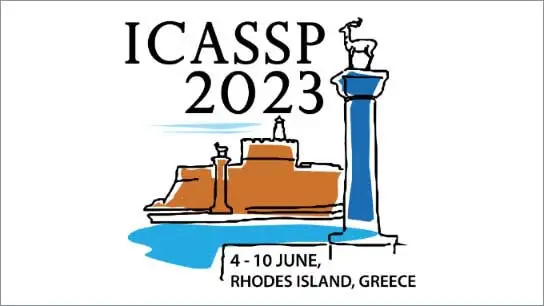A Protypical Semantic Decoupling Method via Joint Contrastive Learning for Few-Shot Named Entity Recognition
Guanting Dong (Beijing University of Posts and Telecommunications); Zechen Wang (Beijing University of Posts and Telecommunications); Liwen Wang (Beijing University of Posts and Telecommunications); Daichi Guo (Beijing University of Posts and Telecommunications); Dayuan Fu (Beijing University of Posts and Telecommunications); yuxiang wu (Beijing University of Posts and Telecommunications); Chen Zeng (Beijing University of Posts and Telecommunications); Xuefeng Li (Beijing University of Posts and Telecommunications); Tingfeng Hui (Beijing University of Posts and Telecommunications); Keqing He (Beijing University of Posts and Telecommunications); Xinyue Cui (Beijing University of Posts and Telecommunications); QiXiang Gao (Beijing University of Posts and Telecommunications); Weiran Xu (Beijng University of Posts and Telecommunications)
-
Members: FreeSPS
IEEE Members: $11.00
Non-members: $15.00
07 Jun 2023
Few-shot named entity recognition (NER) aims at identifying named entities based on only few labeled instances. Most existing prototype-based sequence labeling models tend to memorize entity mentions which would be easily confused by close prototypes. In this paper, we proposed a Prototypical Semantic Decoupling method via joint Contrastive learning (PSDC) for few-shot NER. Specifically, we decouple class-specific and contextual semantic prototypes by two masking strategies to guide the model focus on two different semantic information for inference. Besides, we further introduce joint contrastive learning objectives to better integrate two kinds of decoupling information and prevent the semantic collapse. Experimental results on two few-shot NER benchmarks demonstrate that PSDC consistently outperforms the previous sota methods in terms of overall performance. Extensive analyses further validate the effectiveness and generalization of PSDC.



